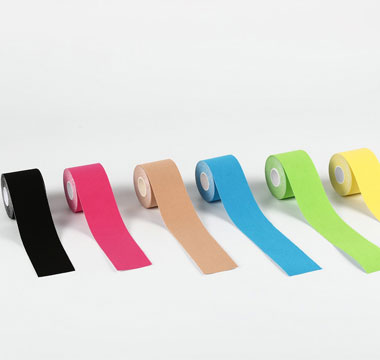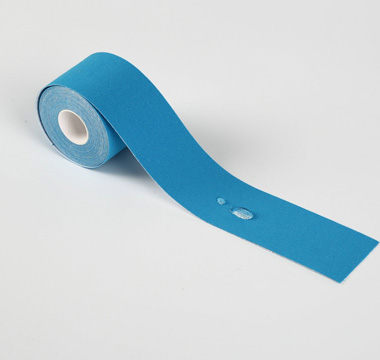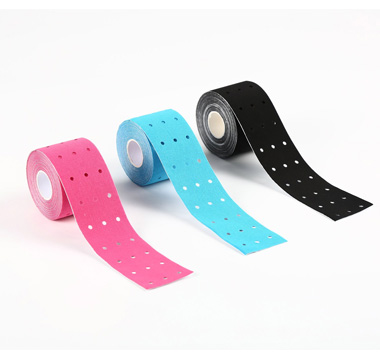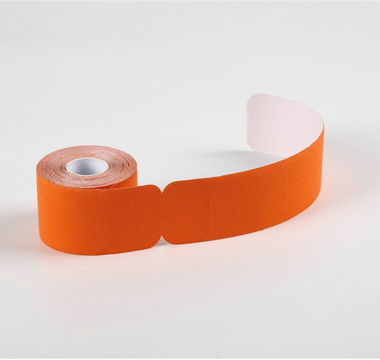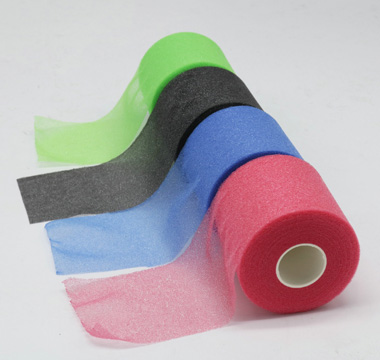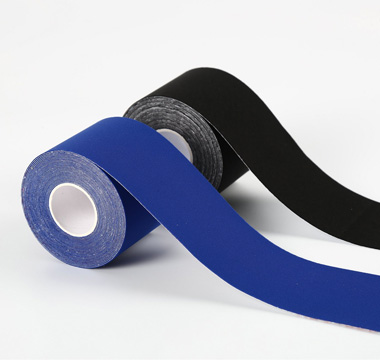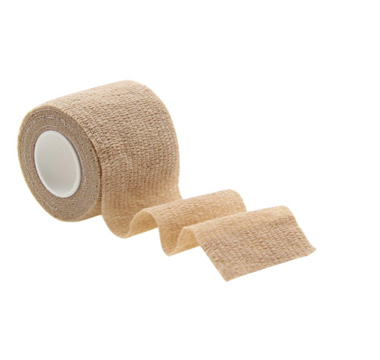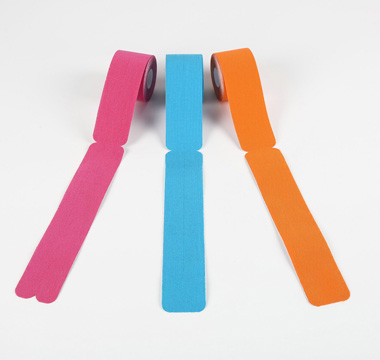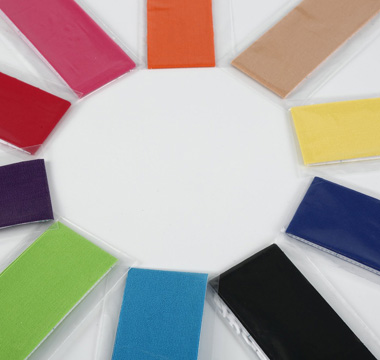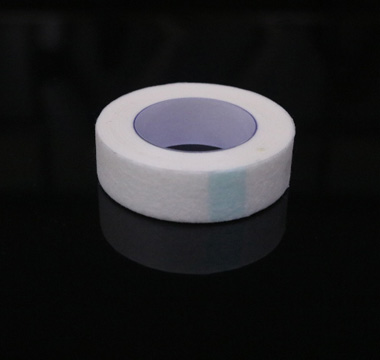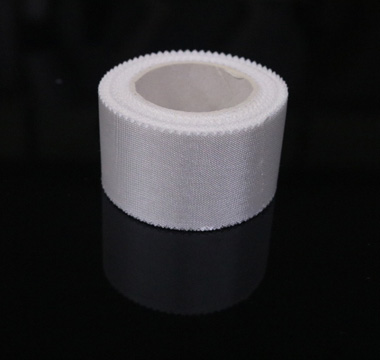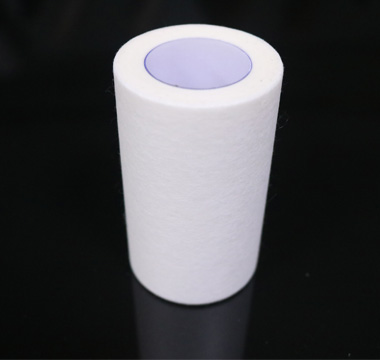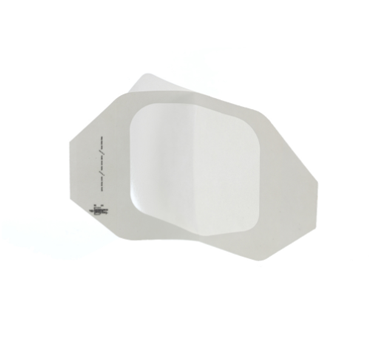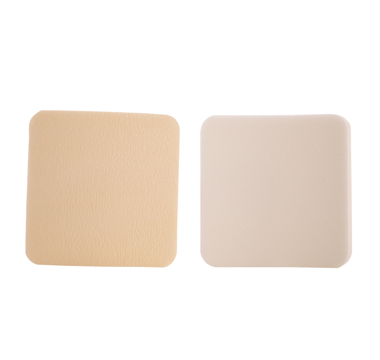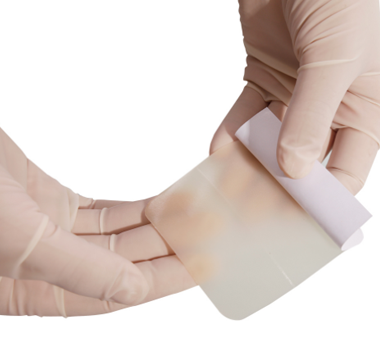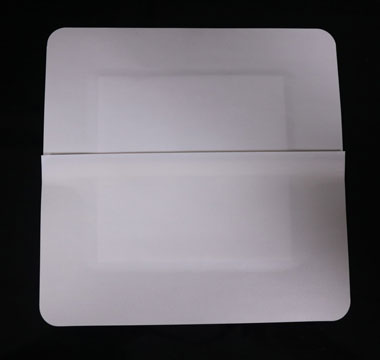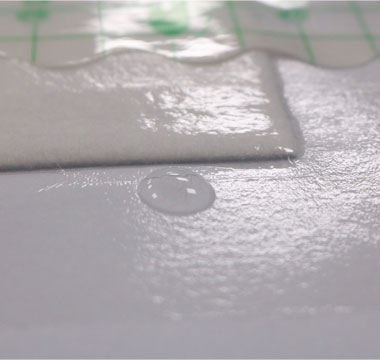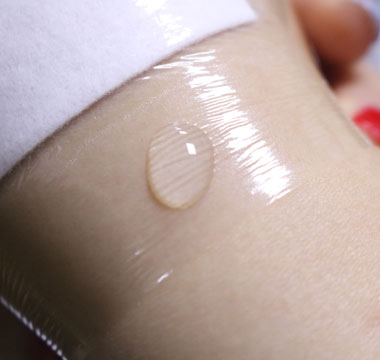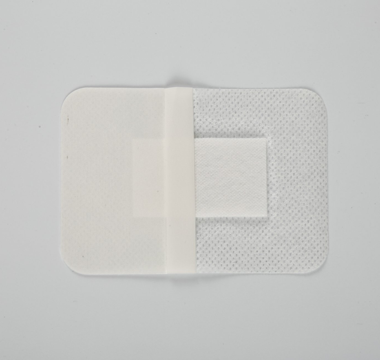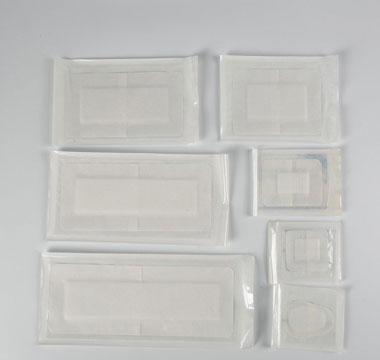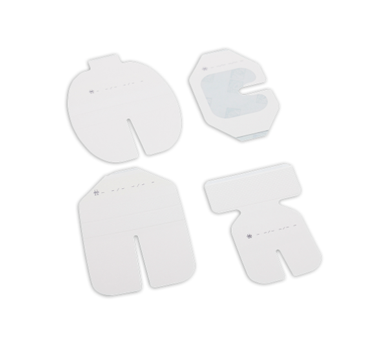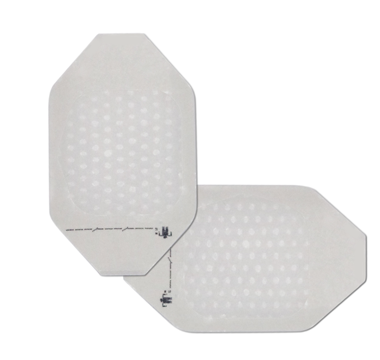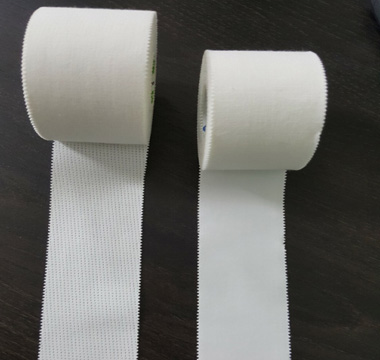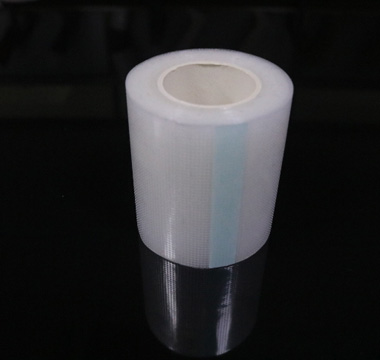What is the Difference Between Medical Tape and Ordinary Tape?
Everyone knows that medical tape is a kind of high-density non-woven fabric. Medical tape is made of vegetable oil or animal oil and boiled into a jelly-like substance. It can be applied to the side of cloth, paper or leather, and can be pasted on the affected area for a long time. It is mainly used for Treatment of boils, swelling and pain. You can understand some characteristics and advantages of medical tape, better apply medical tape, give full play to the characteristics and advantages of tape in medical, provide greater convenience for people's life, and make everyone live a healthier life.
Ⅰ. understand the tape in medical
Medical tape is composed of non-woven fabric, hot melt adhesive and release paper. According to customer needs, anti-seepage membrane and anti-seepage ring can be added. Replace the traditional kraft paper plaster base cloth. It is mainly used at the bottom of the plaster in the traditional plaster. So what are the characteristics and advantages of medical plaster tape? According to practice, tape in medical has the characteristics of self-adhesive, convenient, beautiful appearance, high-grade, anti-allergic, no dirt, and no damage to the skin. Generally, high-quality medical tapes also have the advantages of good air permeability and waterproof. It can help people solve some injury problems quickly, effectively and conveniently. With the plaster cloth, many troublesome conditions have been treated quickly and effectively. Therefore, medical tape is more and more inseparable from people's lives. brought some help.
Ⅱ. Common Types of Medical Plaster Tape
Among the variety of medical tapes available, four types stand out for their specific applications and benefits: paper medical tape, cloth medical tape, foam medical tapes, and silicone medical tapes. Each type offers unique features suited to different needs and skin types.
Paper Medical Tape
Paper medical tape is known for its gentleness, making it an excellent choice for patients with sensitive skin or for applications where frequent tape changes are necessary. It is lightweight and breathable, which helps in reducing the risk of skin maceration. This medical grade paper tape adheres well to the skin but is also easy to remove, minimizing discomfort. It’s often used for securing lightweight dressings or devices, and its conformability makes it easy to apply on contoured areas of the body.
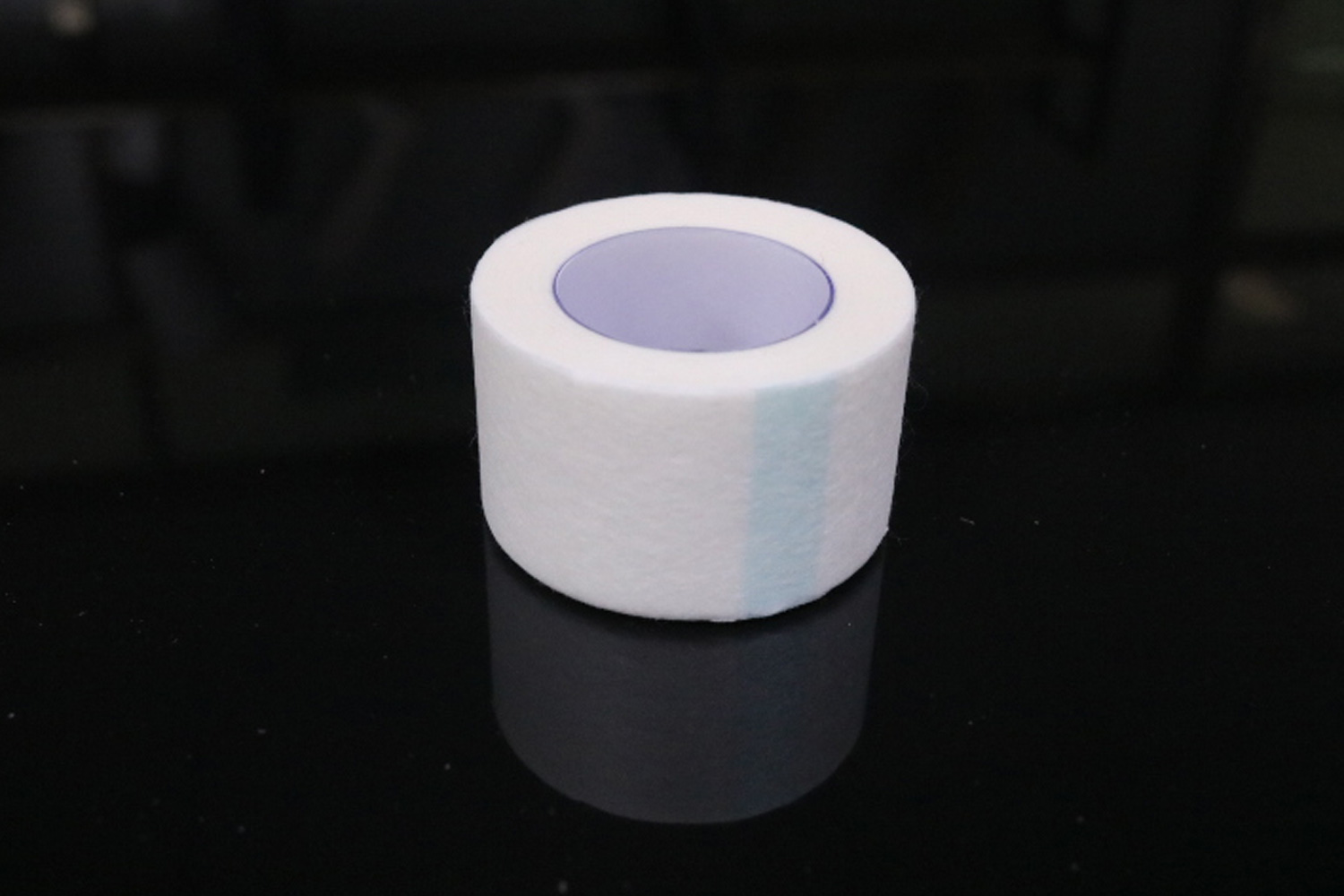
Cloth Medical Tape
Cloth medical tape is appreciated for its durability and flexibility. It is made from cotton or polyester and coated with an adhesive that allows it to stick well to the skin and other surfaces. These cloth tape for wounds are ideal for securing heavier dressings, tubes, and medical devices that require a stronger hold. Cloth tape is also breathable and can be torn by hand for easy application. Its robust nature makes it suitable for areas that experience movement or friction.
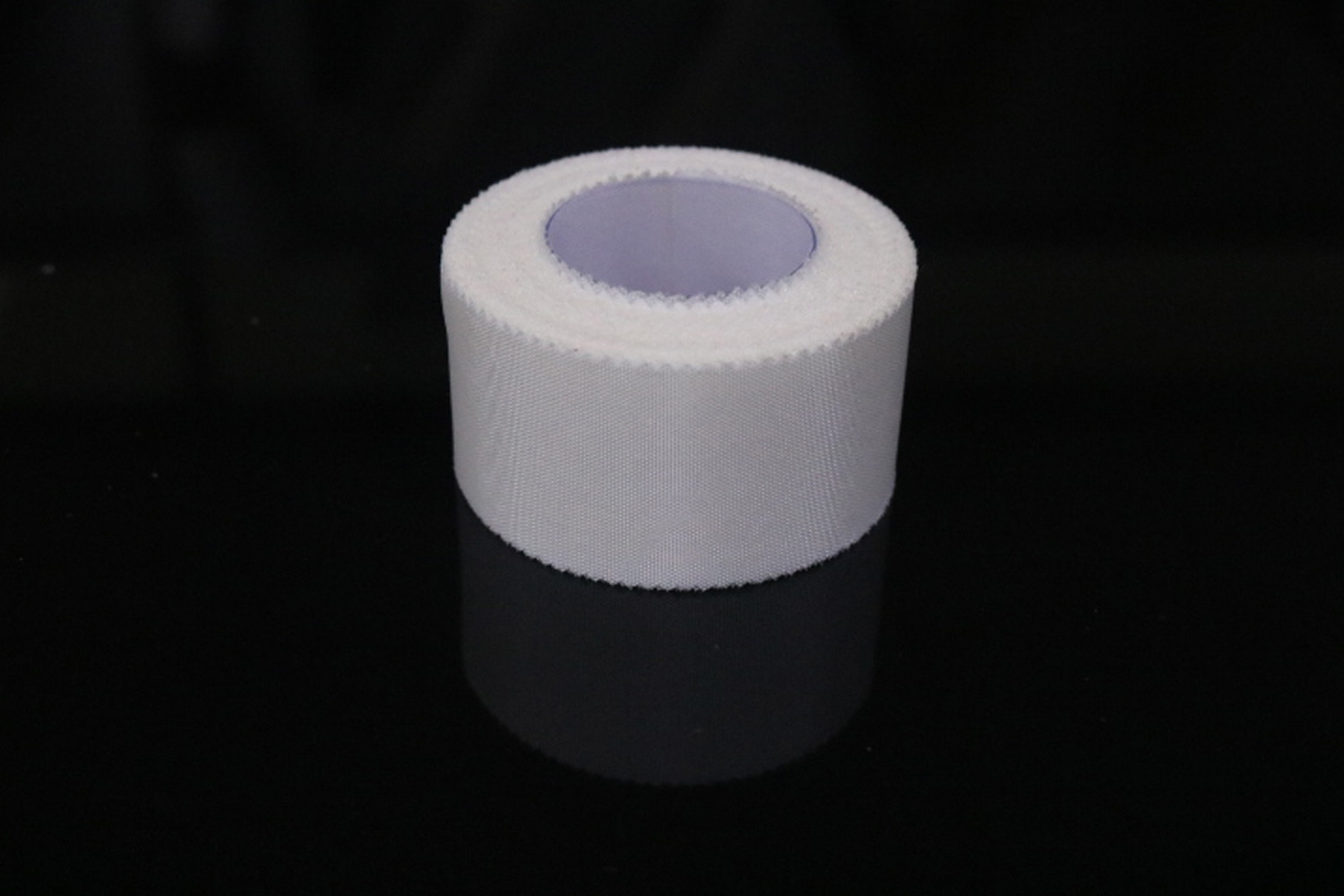
Foam Medical Tapes
Foam medical tapes are distinguished by their cushioning effect, which provides extra protection to wounds and sensitive areas. These tapes are highly conformable and can stretch, making them perfect for use on joints or areas that require flexibility. Foam tapes are waterproof, which helps in keeping the wound or dressing dry, and their adhesive is designed to stick well even in moist conditions. This foam tape dressing is often used in situations where cushioning and water resistance are needed, such as over blisters or wounds that are healing.
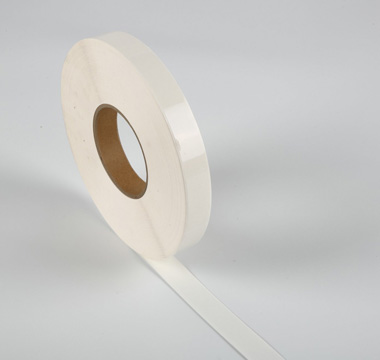
Silicone Medical Tapes
Silicone medical tapes are a relatively new addition to the medical tape family, known for their gentle adhesion. They are ideal for patients with fragile or at-risk skin, such as the elderly, neonates, and those undergoing long-term care. Silicone tapes can be repositioned and removed without causing pain or damaging the skin, making them suitable for use on areas where skin integrity is a concern. Despite their gentle nature, they provide secure adhesion and are effective in securing dressings and devices on sensitive skin.
In conclusion, the choice of medical tape china depends on the specific needs of the wound or application area, as well as the skin type of the patient. Whether it’s the gentle adhesion of paper and silicone tapes for sensitive skin, the durability and flexibility of cloth tape for securing devices, or the cushioning and waterproof properties of foam tapes for protecting wounds, there is a medical tape designed to meet every requirement. Understanding the unique features of each type can help in selecting the most appropriate tape, ensuring optimal wound care and patient comfort.
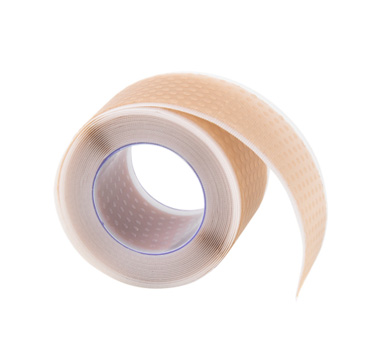
Ⅲ. The difference between medical tape and ordinary tape
In life, we usually come into contact with more scotch tapes, but few people know about tapes in medical. Some people may say that there is no difference between all adhesive tapes. In fact, there are still many differences in medical adhesive tapes.
1. Medical tape, as a type of plaster kinesiology tape, needs better air permeability, while ordinary tape does not. In order to obtain better air permeability, medical adhesive tapes usually adopt the form of dots, meshes or spaced strips in the choice of gluing, instead of the full-width coating used by general adhesive tapes.
2. Medical tape requires non-sensitization and biocompatibility, because tape in medical is attached to the patient's skin and cannot cause allergic reactions, while ordinary tape does not have this requirement.
3. Medical tape requires moderate stickiness, while ordinary tape needs to have strong peel strength. The reason is that when the medical tape is torn off from the skin, there should be no tingling sensation, but it must not be non-sticky and fall off from the skin, so Viscosity should be moderate.
4. Medical tape is also strict in terms of smell and cannot have a heavy smell. Ordinary tapes do not have this requirement.
Ⅳ. Understand Specific Uses of Surgical Plaster Tape
Medical tape is a medical aid material used to hold medical devices or dressings in place to prevent them from shifting or falling off.
Medical tape is usually made of non-woven fabrics or other flexible materials that can be cut into different sizes and shapes as needed. They usually have good stickiness, can adhere firmly to the skin or medical devices, and do not cause skin irritation. Medical tape is also waterproof, making it easy to use in humid environments.
In the medical process, medical tape can be used to fix various medical devices, such as needles, catheters, sensors, etc., to ensure the position and stability of medical devices. In addition, medical tape can also be used to bandage wounds and secure dressings to protect wounds and promote healing.
Ⅴ. Guidance on Selecting the Right Wound Plaster Tape
With a variety of types available on the market, choosing the appropriate one can be overwhelming. Here are some key points to consider when selecting the right wound plaster tape for your needs.
1. Assess the Wound Type and Location
The nature and location of the wound play a significant role in selecting the appropriate plaster tape. For delicate skin areas or facial wounds, opt for a gentle, hypoallergenic tape to minimize skin irritation. For joints or areas that experience movement, choose a flexible and stretchable tape that can accommodate movement without peeling off.
2. Consider the Adhesive Strength
Plaster tapes come with different levels of adhesive strength. For wounds that require long-term dressing, a tape with a stronger adhesive might be necessary. However, for sensitive skin or for wounds that need frequent dressing changes, a tape with a gentle adhesive that is easy to remove is preferable to reduce skin damage and discomfort.
3. Check for Breathability
A breathable tape is essential for wound healing as it allows air to circulate over the wound, reducing the risk of infection and promoting faster healing. Look for tapes that are labeled as “breathable” or have a porous design.
4. Evaluate the Material
Wound plaster tapes are made from a variety of materials, including cloth, paper, foam, and plastic. Cloth tapes offer flexibility and durability, making them suitable for joints and areas that require a sturdy hold. Paper tapes are gentle and breathable, ideal for sensitive skin. Foam and plastic tapes provide excellent waterproof properties, suitable for wounds that might get wet.
5. Allergy Considerations
If you or the person you are caring for has sensitive skin or is prone to allergies, it’s important to choose a hypoallergenic tape to avoid allergic reactions. Always check the packaging for any materials known to cause allergies.
6. Waterproof vs. Non-Waterproof
Consider whether you need a waterproof tape, which is essential if the wound or the dressing needs to be protected from moisture during bathing or in humid conditions. Non-waterproof tapes, on the other hand, are more breathable and suitable for dry conditions.
7. Size and Length
Plaster tapes come in various widths and lengths. Select a size that is appropriate for the size of the dressing and the wound. Wider tapes provide a stronger hold for larger dressings, while narrower tapes are suitable for small or awkwardly located wounds.
Related Fuluo Tape Products
Realted Artice


 中文
中文 